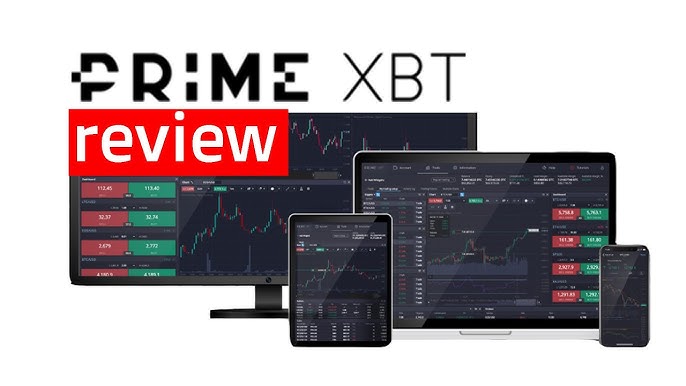
PrimeXBT Limit vs Market: Understanding the Differences and Strategic Applications
In the fast-paced world of cryptocurrency trading, understanding various order types is crucial for maximizing profits and minimizing risks. One popular trading platform, PrimeXBT, offers users the ability to execute both limit and market orders. This article delves into the PrimeXBT Limit vs Market limit vs market PrimeXBT concept, providing insights into when to use each type of order and their respective advantages and disadvantages.
What are Limit and Market Orders?
Before diving deeper, it’s essential to understand what limit and market orders are. A market order is an instruction to buy or sell an asset immediately at the current market price. This type of order guarantees execution but does not guarantee the price. Market orders are useful when you want to enter or exit a position quickly.
In contrast, a limit order is an instruction to buy or sell an asset at a specific price or better. This means that a buy limit order will only execute at the user-defined price or lower, while a sell limit order will only execute at the defined price or higher. Limit orders allow for more control over the buying and selling prices but may not guarantee execution, especially in volatile markets.
Key Differences Between Limit and Market Orders
The fundamental differences between limit and market orders can significantly affect trading strategies on PrimeXBT. Key distinctions include:
- Execution Speed: Market orders are filled instantly at the current price. Limit orders, however, may take time to fill as they depend on the market reaching your specified price.
- Price Control: Limit orders give traders control over the price at which they buy or sell. Market orders accept the current market price, which may not always be favorable.
- Risk Exposure: Market orders expose traders to the risk of slippage, especially in highly volatile markets. Limit orders can protect against this by allowing traders to set their desired entry or exit points.
- Market Conditions: In a rapidly moving market, market orders are preferable for immediate transactions. Limit orders can be beneficial in stable markets where the price is expected to reach a particular level.
When to Use Market Orders
Traders often prefer market orders in situations where time is of the essence. Key situations to consider market orders include:
- Breaking News: If significant news affects the cryptocurrency market, using a market order can ensure you get in or out before prices adjust further.
- High Volatility: When trading highly volatile cryptocurrencies, a market order can help a trader secure a position instantly, minimizing the risk of missing out on potential gains.
- Liquid Markets: Market orders are most effective in highly liquid markets, where the likelihood of immediate execution at the market price is high.
When to Use Limit Orders
Limit orders are more strategically beneficial in different scenarios, allowing traders to control their entry and exit points more meticulously. Situations in which to use limit orders include:

- Target Prices: If a trader has a defined target price based on technical analysis, a limit order can ensure they buy or sell at that precise level.
- Market Dip Prediction: Traders can use limit orders to take advantage of potential dips in prices that they expect, securing a better purchase price than the current market price.
- Minimizing Losses: Limit orders can serve as protective measures, allowing traders to set specific sell orders to minimize losses in a downtrend.
Combining Limit and Market Orders for Strategic Advantage
While limit and market orders have distinct advantages, traders on PrimeXBT can employ a combination of both to create a more robust trading strategy. For example, a trader may place a limit order to buy a cryptocurrency at a desired price while simultaneously using a market order to sell a different asset. This strategy can capitalize on more favorable market conditions while ensuring that trades are executed as planned.
Additionally, traders might consider placing limit orders at various levels, including profit-taking and stop-loss levels. This method allows for a systematic approach to trading, reducing emotional decision-making and the risks that come along with it.
Conclusion
Understanding the differences between limit and market orders on PrimeXBT is essential for successful trading. Market orders provide speed and are better suited for immediate execution, while limit orders offer price control and can enhance a trading strategy by allowing traders to act strategically based on market conditions.
Ultimately, the choice between limit and market orders will depend on individual trading goals, market conditions, and personal preferences. By mastering the use of both types of orders, traders can navigate the complexities of the cryptocurrency market more effectively and increase their chances of success.

